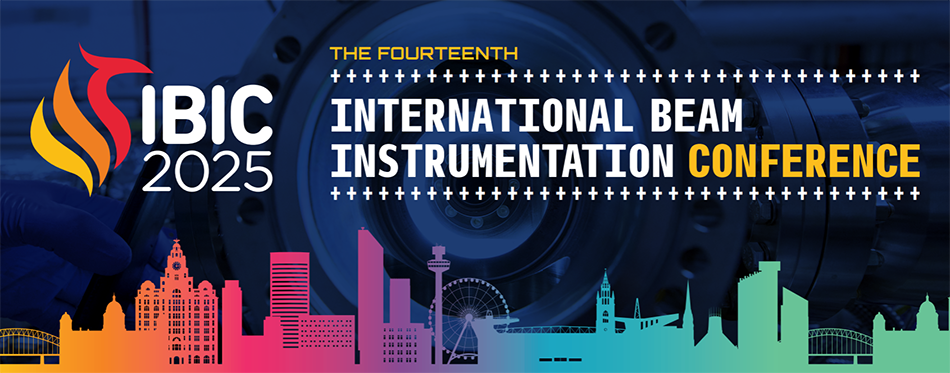Conveners
Feedback Systems and Beam Stability
- Tonia Batten (Canadian Light Source (Canada))
With the high current physical operations of the upgraded Beijing Electron–Positron Collider (BEPCII), thresholds on collision luminosity and beam current have been presented due to various factors such as collision background, noise, equipment stability under high power operation, and so on. One of the most serious influences on beam dynamics was beam instability which has been clearly...
Pulse Picking by Resonant Excitation (PPRE) enables synchrotron facilities to provide single-bunch light for timing users without interrupting multi-bunch operation*. We report the first vertical-plane PPRE tests at Diamond using the Multi-Bunch Feedback system, achieving vertical bunch-size growth and measurable X-ray enlargement. A simple novel optimisation improved PPRE purity by reducing...
The KEK e⁺/e⁻ Linac supplies electron beams to SuperKEKB HER, PF, and PF-AR, and positron beams to SuperKEKB LER. We utilize machine learning for both online beam tuning and offline data analysis. Machine learning based on Bayesian optimization has been employed to improve and maintain beam quality, contributing to the enhancement and stabilization of beam injection efficiency into SuperKEKB...

